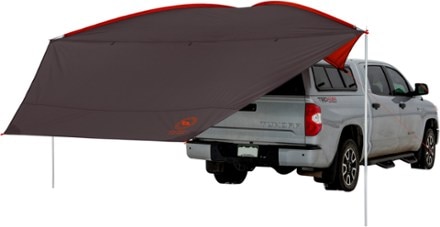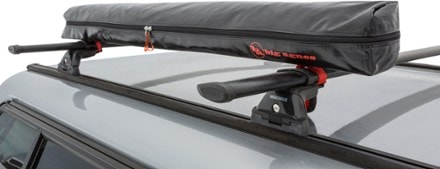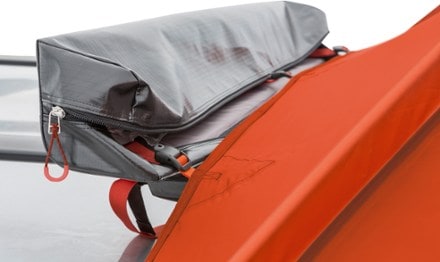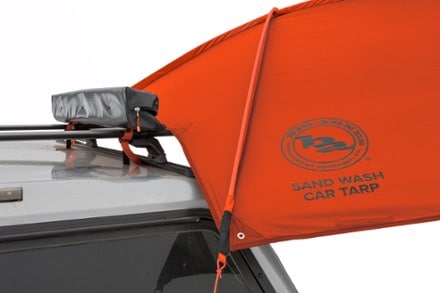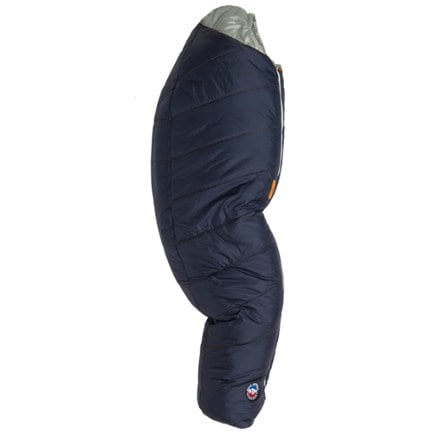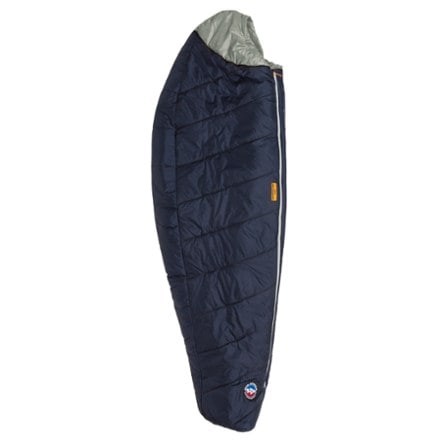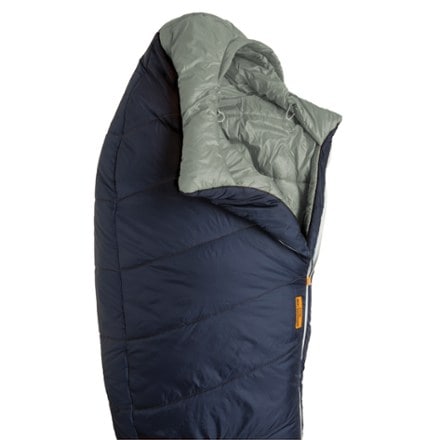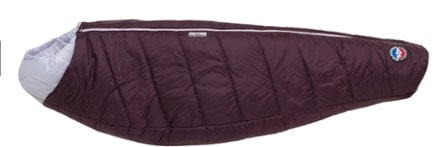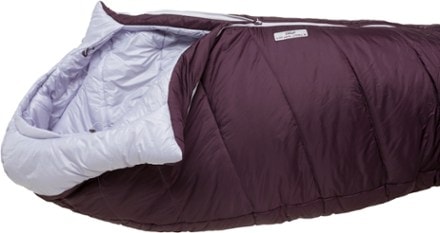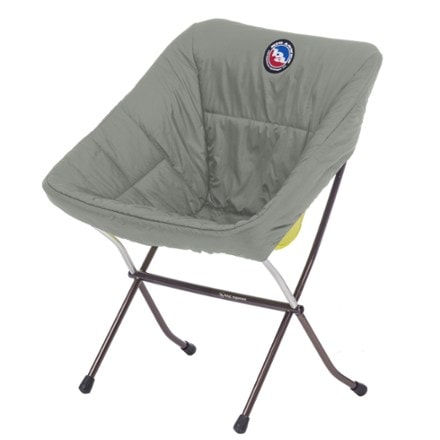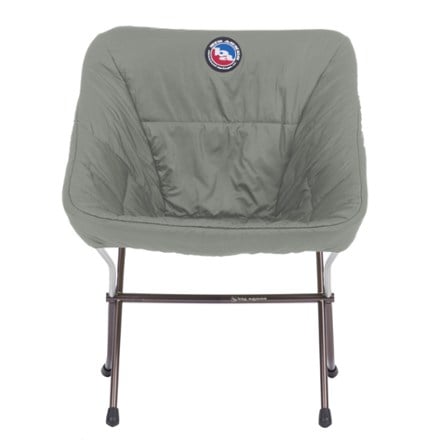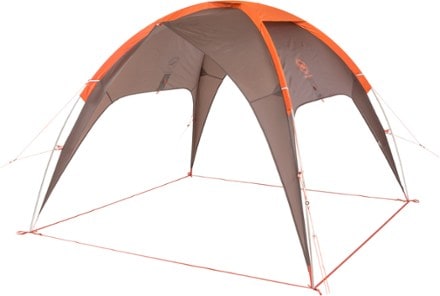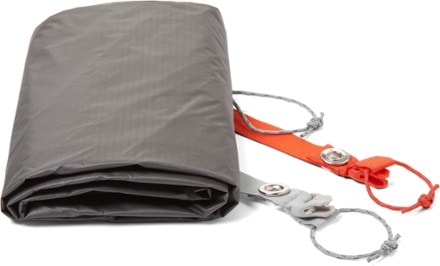Skip to search results
loaded 38 results
Big Agnes: Deals
(38 products)Products (38)
Sort: Best Match
- Big AgnesWyoming Trail 2 Footprint$55.73Save 30%compared to $80.00Save up to 30% extra on your REI Outlet purchase, thru 12/16.REI OUTLET
- Big AgnesSand Wash Car Tarp$299.73Save 25%compared to $399.95Save up to 30% extra on your REI Outlet purchase, thru 12/16.REI OUTLET
- Big AgnesSidewinder Camp 35 Sleeping Bag$100.73Save 40%compared to $169.95Save up to 30% extra on your REI Outlet purchase, thru 12/16.REI OUTLET
- Big AgnesWyoming Trail 4 Footprint$69.73Save 30%compared to $100.00Save up to 30% extra on your REI Outlet purchase, thru 12/16.REI OUTLET
- Big AgnesSidewinder Camp 35 Sleeping Bag - Women's$118.73Save 30%compared to $169.95Save up to 30% extra on your REI Outlet purchase, thru 12/16.REI OUTLET
- Big AgnesInsulated Cover - Mica Basin Camp Chair$41.73Save 30%compared to $59.95Save up to 30% extra on your REI Outlet purchase, thru 12/16.REI OUTLET
- Big AgnesSage Canyon Shelter$193.73Save 35%compared to $299.95Save up to 30% extra on your REI Outlet purchase, thru 12/16.REI OUTLET
- Big AgnesCopper Spur HV UL1 Bikepack Footprint$55.93Save 30%compared to $80.00
31–38 of 38 products
Sort: Best Match


